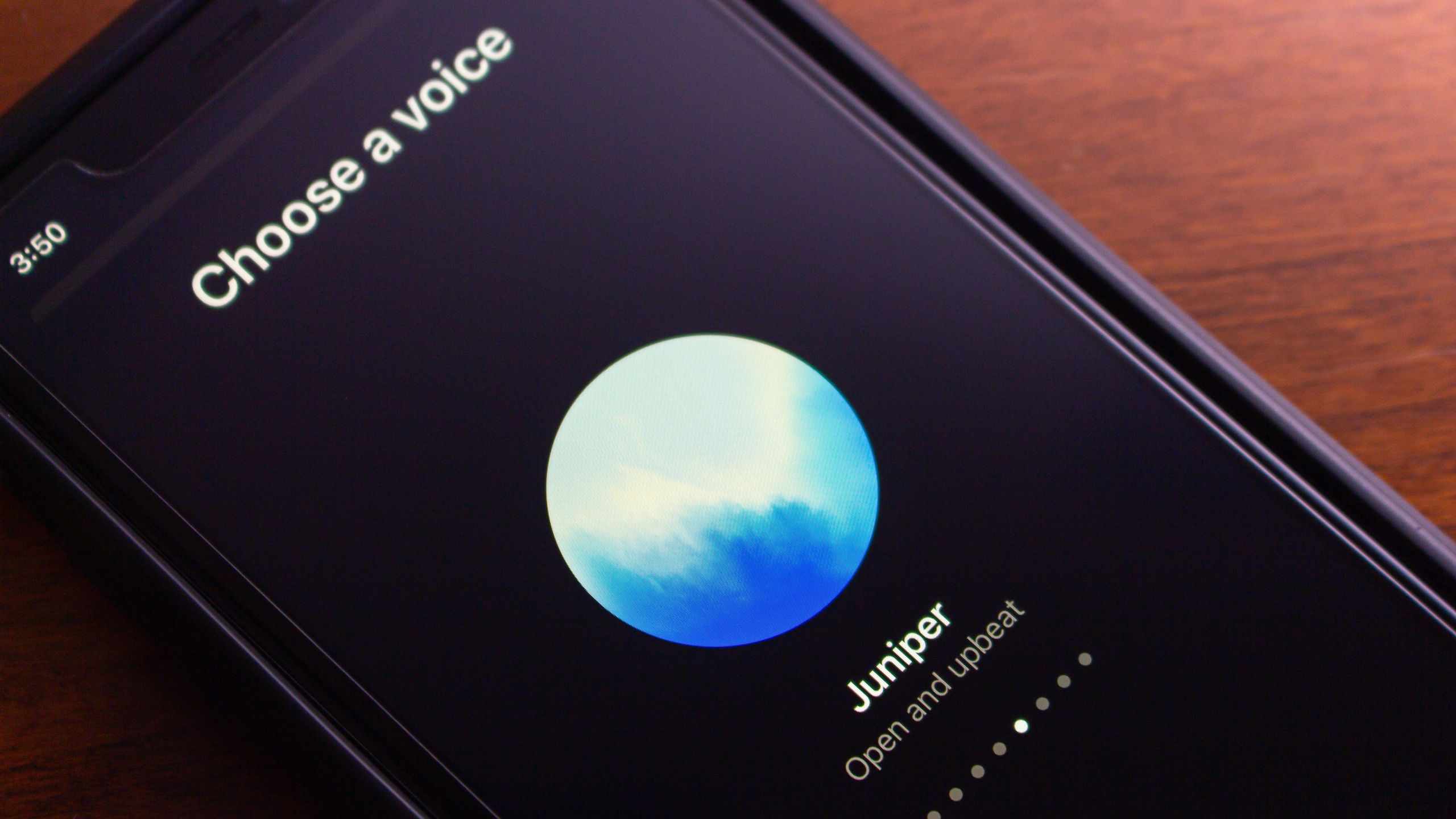AI Voice Tech: Can You Tell Reality from a Deepfake?
Rise of Ultra-Realistic AI Voices
The advancement in AI voice technology has blurred the boundaries between fiction and reality. These synthetic voices can now clone the tonal nuances and emotional quirks of human speech, making them indistinguishable from actual human voices. This incredible mimicry is primarily due to sophisticated algorithms and deep learning models fine-tuned for voice cloning.
How Simple Is It to Create Voice Deepfakes?
Creating a convincing voice deepfake is no longer the domain of experts. With user-friendly AI tools readily available, even those with minimal technical knowledge can create a voice clone in no time. Here's how easy it has become:
- A few minutes of audio footage can serve as a sample.
- AI tools process this audio to create a high-quality voice model.
- Minimal adjustments fine-tune the model to reflect subtle vocal traits.

The implications of this technology are vast. Industries such as entertainment, gaming, and customer service are already tapping into these AI voices for cost-effective solutions. However, the lack of distinguishable authenticity poses a risk to media integrity and security.
Voices from the Industry
The concerns over voice deepfakes are not limited to tech enthusiasts. Prominent figures like Elon Musk have raised alarms over potential security breaches.
"The future of AI involves questioning what is real. Voice deepfakes prove we’re nearly there," - Elon Musk.
This underlines an urgent need for legal frameworks and technological solutions to mitigate potential misuse.
Protecting Ourselves: What Can Be Done?
To safeguard digital integrity, several measures must be adopted:
- Investing in Voice Authentication Tools: These tools can discern genuine voices from deepfakes.
- Regulatory Policies: Establish legal policies around the use of AI voice technology.
- Public Awareness: Educating the public on recognizing and reporting potential deepfakes.
These proactive steps can ensure that technology remains a force for good.
The Bright Side: Opportunities with AI Voices
Despite the looming threats, AI voice technology offers astonishing potential:
- Accessibility: Voice AI can aid in creating educational resources for people with disabilities.
- Content Creation: Streamlining tasks for creators with AI voices lends a new dimension to storytelling.
These opportunities signify a new frontier for technology-driven creativity and inclusion.
The journey of AI voice technology is a dual-edged sword. As we harness its capabilities, we must remain vigilant about its potential risks. Efforts in technology development, legal ethics, and public awareness will guide this journey toward safe and innovative use of AI voices.
